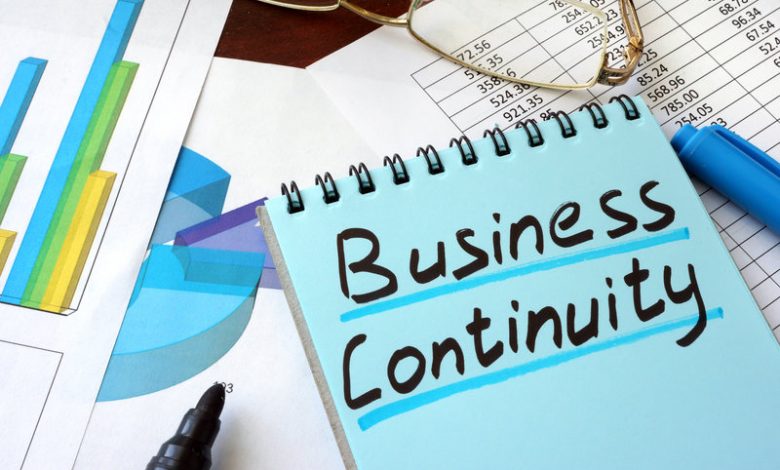How to Create a Business Continuity Plan

A Business Continuity Plan (BCP) is the least expensive insurance any company can have (especially for small companies, as it costs virtually nothing to produce). It details how employees will stay in touch and keep doing their jobs in the event of a disaster or emergency, such as a fire at the office. Unfortunately, many companies never take the time to develop such a plan.
Here you will see suggested steps and considerations, in an abbreviated way, for small companies to create a BCP that will improve their chances of continuing operations during or after significant disasters. Development of a BCP for larger companies is not within the scope of this document.Catchy Interior Company Names
Business Continuity Plans are sometimes referred to as Disaster Recovery Plans (DRP) and the two have much in common. However a DRP should be oriented towards recovering after a disaster whereas a BCP shows how to continue doing business until recovery is accomplished. Both are very important and are often combined into a single document for convenience.
Steps
1. Document internal key personnel and backups.
These are people who fill positions without which your business absolutely cannot function – make the list as large as necessary but as small as possible.
Consider which job functions are critically necessary, every day. Think about who fills those positions when the primary job-holder is on vacation.
Make a list of all those individuals with all contact information including business phone, home phone, cell phone, pager, business email, personal email, and any other possible way of contacting them in an emergency situation where normal communications might be unavailable.
2. Identify who can telecommute.
Some people in your company might be perfectly capable of conducting business from a home office. Find out who can and who cannot.
You might consider assuring that your critical staff (identified in Step 1) can all telecommute if necessary.
3. Document external contacts.
If you have critical vendors or contractors, build a special contact list that includes a description of the company (or individual) and any other absolutely critical information about them including key personnel contact information.
Include in your list people like attorneys, bankers, IT consultants…anyone that you might need to call to assist with various operational issues.
Don’t forget utility companies, municipal and community offices (police, fire, water, hospitals) and the post office!
4. Document critical equipment.
Personal computers often contain critical information (you do have off-site backups, don’t you?).
Some businesses cannot function even for a few hours without a fax machine. Do you rely heavily on your copy machine? Do you have special printers you absolutely must have?
Don’t forget software – that would often be considered critical equipment especially if it is specialized software or if it cannot be replaced.
5. Identify critical documents.
Articles of incorporation and other legal papers, utility bills, banking information, critical HR documents, building lease papers, tax returns…you need to have everything available that would be necessary to start your business over again.
Remember, you might be dealing with a total facility loss. Would you know when to pay the loan on your company vehicles? To whom do you send a payment for your email services?
6. Identify contingency equipment options.
If your company uses trucks, and it is possible the trucks might be damaged in a building fire, where would you rent trucks? Where would you rent computers? Can you use a business service outlet for copies, fax, printing, and other critical functions?
7. Identify your contingency location.
This is the place you will conduct business while your primary offices are unavailable.
It could be a hotel – many of them have very well-equipped business facilities you can use. It might be one of your contractors’ offices or your attorney’s office.
Perhaps telecommuting for everyone is a viable option.
If you do have an identified temporary location, include a map in your BCP. Wherever it is, make sure you have all the appropriate contact information (including people’s names)




